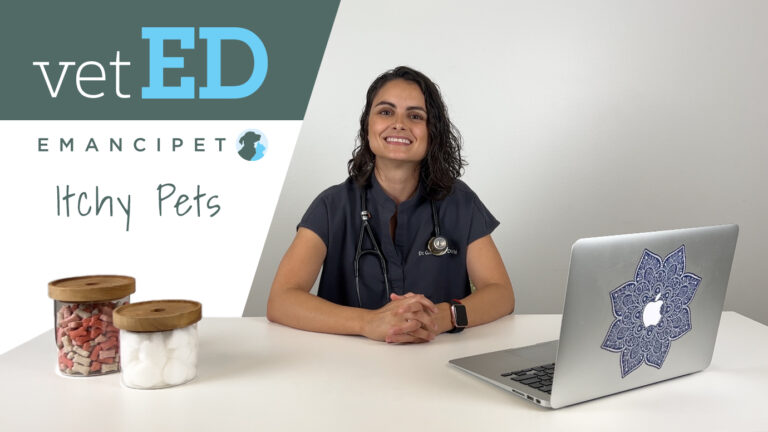Just like humans, pets can strain muscles, have headaches, and even suffer from depression.
But of course, they can’t tell us about any of these things.
As owners, we should always pay close attention to our pets’ habits and behavior changes, and we can also be proactive in the way we approach their care, too.
To get you and your pet started down a healthier path, we’ve created this list of five super easy suggestions to incorporate into your pet’s daily routine.
To Improve Your Pets Well-Being Follow the Simple Steps
Play Mind Games
In the animal kingdom, there is an interesting phenomenon known as contrafreeloading. Contrafreeloading occurs when animals, who have a choice between the exact same food- the only difference being that one is easily accessible, and the other is more challenging to find, they will choose the latter.
It’s exactly what we would expect them not to do, but in study after study, the research indicates that it is common.
Why?
One theory is that animals assume the readily available food will always be there, while another suggests that they are taking steps to avoid boredom- that it’s natural to want to hunt and forage.
There are many products on the market designed to give your pet a mental and physical workout. You can also simply scatter your pet’s food about your home, or create games out of items you already have.
Try tying the corners of a dishtowel loosely around a few treats, and let your dog work to unravel it. Or, fill a wiffleball with treats for your cat.
Working on Their Fitness…
Try using core conditioning techniques and exercise equipment. Engaging the core will help support all muscles, and should result in fewer injuries. A balance board or a balance disk are terrific tools to build core strength.
You can also sign up for a Doga class, or look into agility training. These activities are great bonding exercises, and even offer a bit of a workout for you, too!
Supplemental Insurance
Ask your veterinarian what she recommends for joint, brain, skin, teeth, and eye support.
Just like with human supplements, vitamins, and herbs- not all products are created equal.
Quality ingredients make all the difference. Glucosamine, lysine, probiotics, and fish oil are pretty common supplements for pets but chat with your veterinarian before adding anything to your pet’s diet, as some pets have more specialized needs, and may react adversely to even the most natural products.
Nutrition, Nutrition, Nutrition
Again, it’s all about quality when it comes to what goes into your pet’s body. Whether you choose a commercial diet, homemade, or raw diet, pay close attention to the ingredients.
The type of food you feed will depend on your pet’s activity level, age, allergies, and more. A good course of action is always to discuss your pet’s needs with your veterinarian. Of course, an even better one is to consult with a doctor who is certified in animal nutrition. But, we said this would be easy!
In addition to what you normally feed your pet, introduce fresh foods to your pet’s daily routine. Apple slices, frozen peas, carrots, peanut butter, chicken, salmon, oatmeal, pumpkin- these are just a few of the many people foods that are also wonderful for pets. Of course, some foods are surprisingly dangerous for pets.
Water plays a major role in your pet’s nutrition.
Make sure that your pet always has access to fresh, clean water. Try a fountain that keeps your pet’s water clean & moving with an electric pump and a carbon filter. Most all pets will quickly acclimate to this type of water bowl, but always make sure there is an alternate source of water, should you experience a power outage.
Make Grooming Part of Your Routine
There are probably hundreds of benefits to maintaining your pet’s coat, skin, nails, and teeth on a regular basis.
Depending on the pet’s needs, grooming and hygiene can take anywhere from a couple of minutes to half an hour each day. By taking the time to brush your pet’s teeth, and feel her coat, you’ll notice if something is “off” sooner. Early detection of many diseases can be life-saving.




